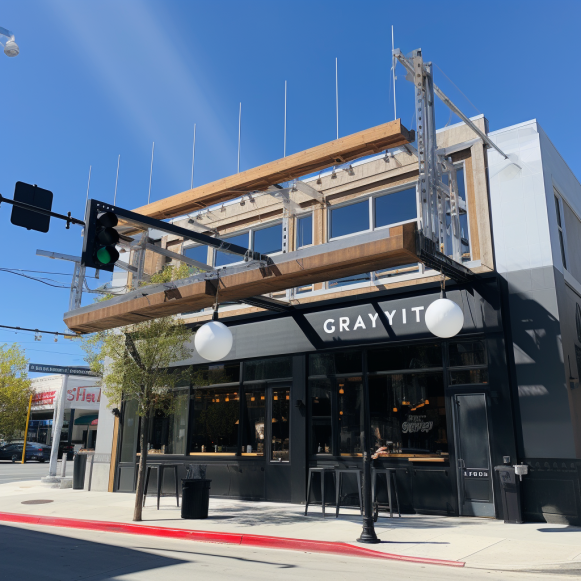Opinion: California can lead nation with a public option for health insurance

State is uniquely suited to pioneer this approach and has hard evidence that it will work
Workers in California are facing an increasing health-care affordability crisis. The cost of family health insurance has risen more than two and a half times faster than wages, putting health care out of reach for an increasing number of people. This disparity is even more pronounced among the state’s Black and Latino populations.
Part of the solution is already available: the state should implement a public option to compete with private insurance plans and drive down premiums. California is uniquely positioned to pioneer this approach, and there is compelling evidence that it will work.
We propose a Golden Choice public option for California. It is based on the ability of the state’s integrated medical groups to provide high-quality care at a lower cost by receiving monthly revenue per enrollee, which is known as a capitation payment system. The figure would be adjusted for each patient’s age, gender, health status, and other factors that may influence the need for care. This model rewards the health-care system for keeping participants healthy and managing illnesses through strong primary care and close coordination with specialists.
According to our research, health insurance premiums based on this model of care would be the lowest in 14 of California’s 19 insurance marketplace regions. Individuals who switch from their current most affordable option to the state public option plan would save $1,389 per year on premiums. Our research also looked at how the public option would fare if it were offered by the California Public Employees Retirement System, and we discovered that the premium would be lower than the premiums in nine of the ten HMO plans currently available to members.
L.A. Care in Los Angeles County is an example of a public option in California. This county-based public plan has been available on the state’s insurance exchange since 2014. Our research team discovered that L.A. Care’s low premiums had a competitive effect on the market, causing prices to fall. Other plan premiums have decreased, and L.A. Care enrollment increased to more than 125,000 last year. As of 2022, the estimated savings from this public option were $345 million. This decrease in premiums did not occur in the rest of the state, where no similar plan exists. (L.A. Care has been chastised for treatment delays, but the company claims the issues are due to a systemic issue with payment rates.)
County plans are an important market force, but the Newsom administration has the opportunity to make insurance more affordable on a much larger scale throughout California. It’s an attainable goal.
A statewide public option would require little to no new state funding. Capitated medical groups are already regulated by the Department of Managed Health Care. We propose that the state create an Office of Public Options so that the 18 million commercially insured and uninsured Californians can share the benefits of a public option, particularly lower premiums. A statewide public option would be organized, implemented, and promoted by the office.
Health-care affordability remains a nightmare for many Californians, fueling a medical-debt crisis that disproportionately affects low-income workers and minorities. By instituting a state public plan, California would set an example for other states and the federal government to follow, potentially driving down premiums nationwide.






